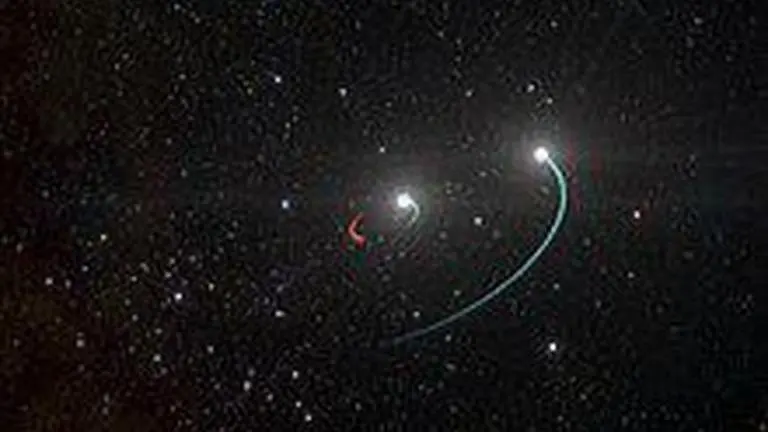Updated 21 October 2020 at 09:36 IST
Black Hole or special system? Scientists believe it's strange pair of stars
Closest Black Hole also known as the HR 6819 is actually concluded to be a strange pair of stars according to to a new analysis by scientists. Here's everything
- Science News
- 4 min read

Black holes have always been one of the most fascinating astral bodies for humankind. And, a few months back, astronomers revealed the existence of the closest black hole to Earth. However, a new article published in the Astrophysical Journal clarifies that it might not be a black hole after all. A separate team of scientists reanalysed the data of the system called HR 6819 and they believe that it is not a black hole.
A new data reveals that HR 6819 is not a black hole
As per a report by Science Alert, The new team of scientists evaluated which shockingly revealed that instead of being the closest black hole, HR 6819 seems to be an unusual binary orbit of two stars which is highly complicated to interpret. This newly proposed binary system is located around 1,120 light-years away. At first, the team believed that HR 6819 is a single star of the Be spectral type. The reason behind this conclusion is cited to be the blue-white star which is on the main sequence whose spectrum contains a strong hydrogen emission line, interpreted as evidence of a disc of circumstellar gas ejected by the star as it rotates at an equatorial velocity of around 200 kilometres per second.
Nevertheless, 1980s data also added some light on the analysis of this previously proposed black hole. The data said that the object seemed to be exhibiting the light signature of the second type of B-type star, a B3 III star. The same light signature was found in 2003 which revealed that HR 6819 was not a single star, but two stars. However, more data then pointed astronomers' analysis towards the B3 III star. The B3 III star clocking in at an estimated 6 solar masses, had a roughly 40-day orbit - but the Be star, also estimated to be around six solar masses, seemed to be motionless. The question that leaves scientists stunned is that the two stars who comprise an equal mass binary should be orbiting in a mutual centre of gravity, not one star orbiting the other. This is where the theory of Black Hole was added.
Advertisement
Image ~ ESO
Advertisement
Nevertheless, other scientists questioned this old analysis by saying that there must be a miscalculation in the mass of the two stars. In the journal, astronomers Douglas Gies and Luqian Wang of Georgia State University wrote: "The presence of a Be star component in the spectrum of HR 6819 suggests another interpretation of the system. It is possible that the B3 III stellar component is actually a low mass, the stripped-down star that is still relatively young and luminous. In this case, the Be star would be the companion in the 40-day binary instead of a black hole."
After carefully studying the spectrum of these systems, scientists determined that the hydrogen disc around the Be star did indeed display a 40-day periodicity in both Doppler shift and emission line shape. So, the system of B3 III and Be Star is concluded to be an unequal-mass binary. In the Astrophysical Journal, the astronomers also mentioned that "This indicates that HR 6819 is a binary system consisting of a massive Be star and a low-mass companion that is the stripped-down the remnant of a former mass donor star in a mass transfer binary." The recent two journal letter revealed that B3 III star has been stripped down by the Be Star. The two stars, B3 III and the Be Star obtain 0.47 and 6.7 solar masses respectively, as per scientists.
Promo Image ~ Astrophysical
Published By : Yash Tripathi
Published On: 21 October 2020 at 09:36 IST

